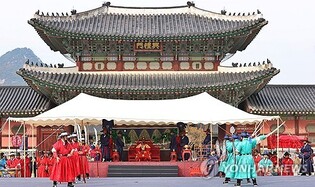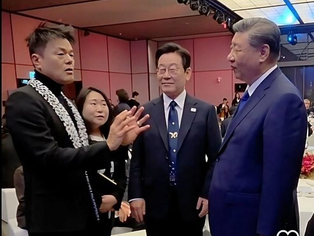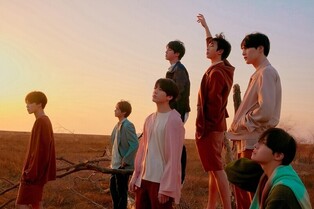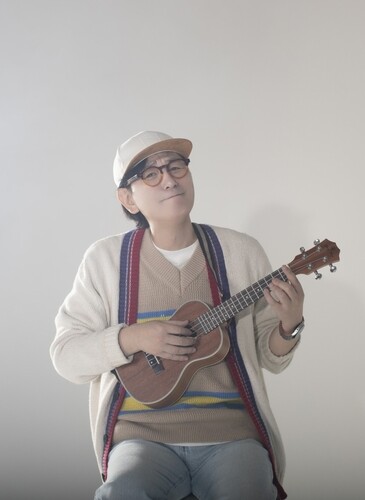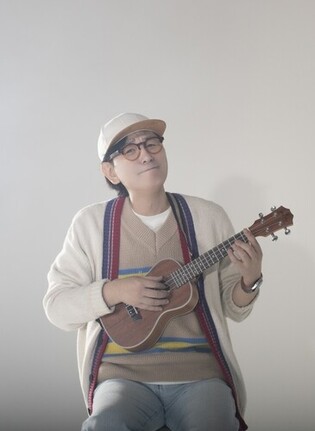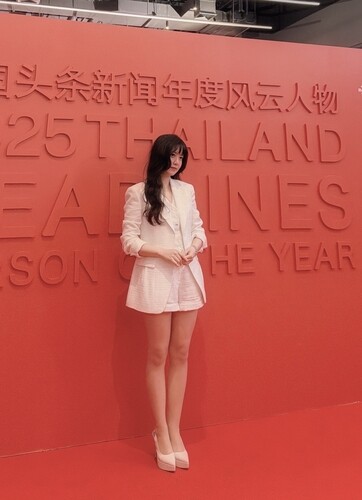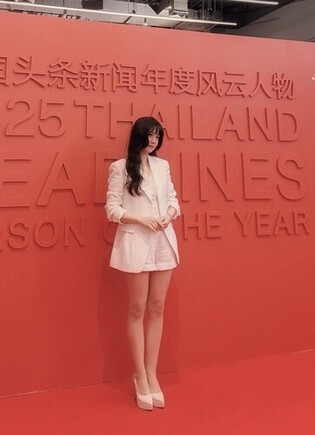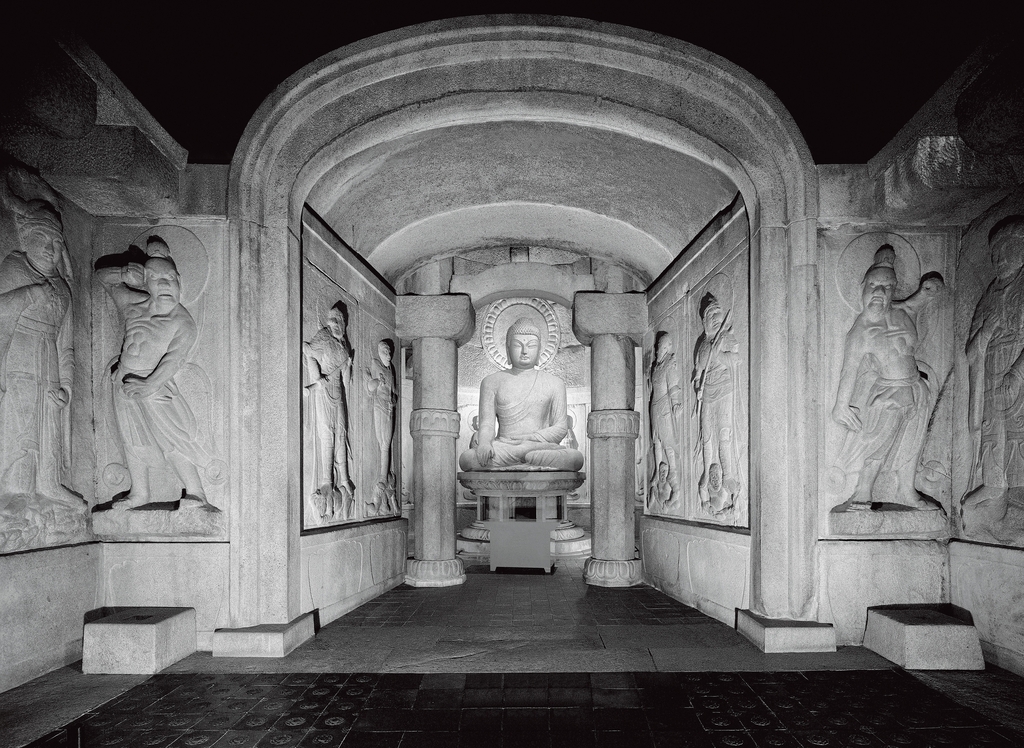 |
| ▲ This photo provided by the Gyeongju National Museum shows Seokguram Grotto, pictured by Han Seok-hong. (PHOTO NOT FOR SALE) (Yonhap) |
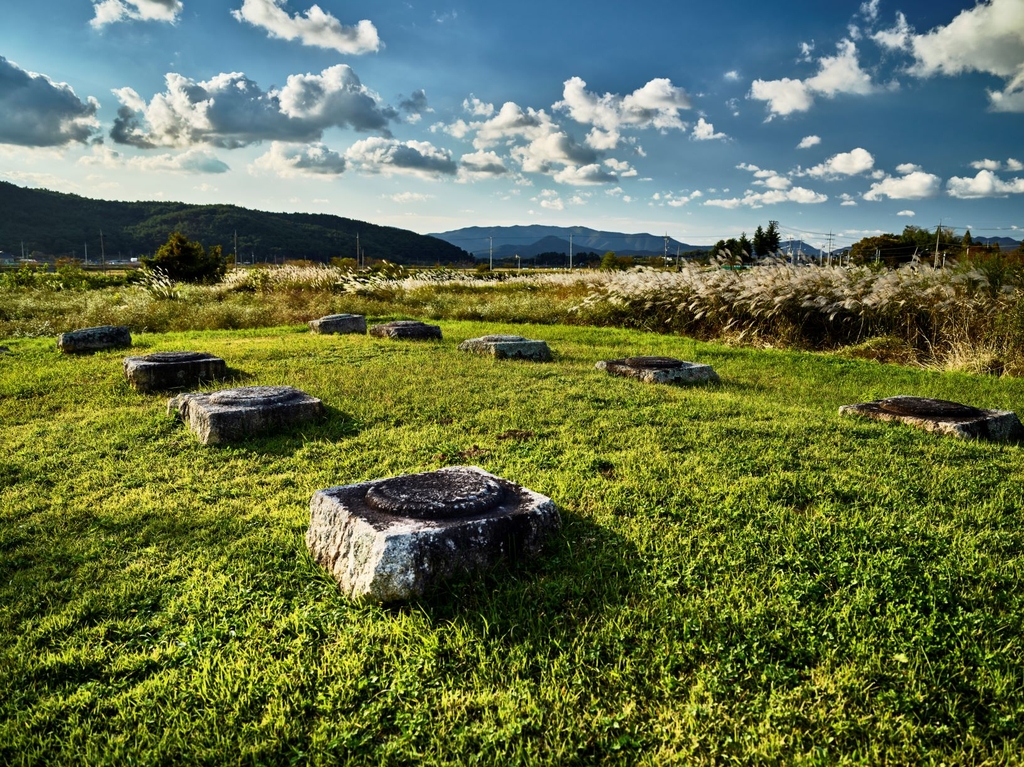 |
| ▲ This photo provided by the Gyeongju National Museum shows Mangdeoksa Temple site, pictured by Oh Se-yun. (PHOTO NOT FOR SALE) (Yonhap) |
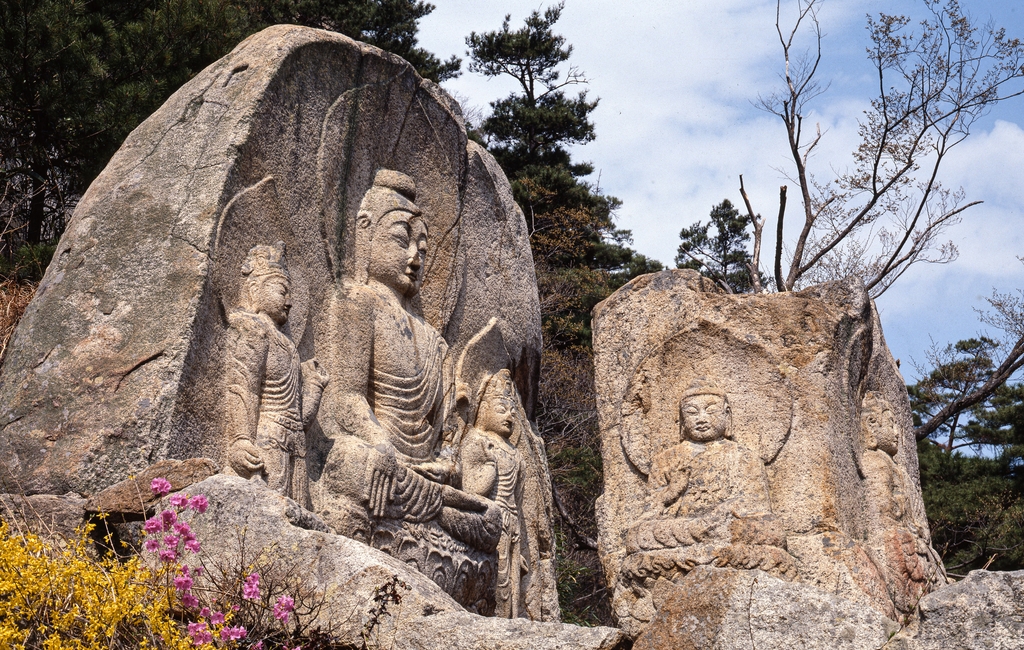 |
| ▲ This photo provided by the Gyeongju National Museum shows rock-carved Buddha at Chilbulam Mountain, pictured by Ahn Jang-heon. (PHOTO NOT FOR SALE) (Yonhap) |
SEOUL, June 30 (Yonhap) -- An exhibition featuring photos of Gyeongju Buddhist relics taken by the late Han Seok-hong, Ahn Jang-heon and Oh Se-yun, cultural heritage photographers, opened at the Gyeongju National Museum on the 30th.
Gyeongju is one of the most ancient cities in the world, not just in Korea. It was the capital of the millennial kingdom of Silla, founded in 58 BC and destroyed in AD 935. In line with that, Gyeongju is full of cultural heritages that testify to that era.
Titled “The Grass is Still New in the Old Millennium Land”, which features 57 photographs taken by the photographers, the exhibition is designed to shed light on the Buddhist art of the Silla Kingdom.
The title comes from a piece of writing an early Joseon civil official wrote while looking at the Gyeongju temples, most of which had been destroyed. Many of the Silla temples scattered in Gyeongju, including Bunhwangsa, Hwangryongsa, Sacheonwangsa, and Hwangboksa Temples, have disappeared and only the sites remain.
Originally, there were so many Buddhist temples in Gyeongju that there was a sentence in the History of the Three Kingdoms that "The temples are spread out like stars in the sky, and the stupas are lined up like a flock of wild geese."
In the first section of the exhibition, photographs of the temples built in the Silla Kingdom have been hung. One can see the landscapes created by foundation stones, stupas, and the flagpole supports in various weather and seasons.
The second section exhibits photos of Namsan Mountain in Gyeongju with numerous statues and stupas. Visitors are able to see a picture of the idealism embodied in nature by Silla people with Buddhist ideas and a dreamy image of the sun shining on a rock-carved Buddha.
Section three introduces the photographs of Seokguram Grottoes, which is considered a masterpiece of Korean cultural assets. Photographs depicting Seokguram in black and white, not in color, give off a grandeur atmosphere.
(END)
(C) Yonhap News Agency. All Rights Reserved



















![[풀영상] 지니 TV '아이돌아이' 제작발표회|최수영 SNSD SOOYOUNG·김재영 Kim Jaeyeong|'I DOL I' Press Conference](/news/data/20251216/p179563204418999_319_h.jpg)
